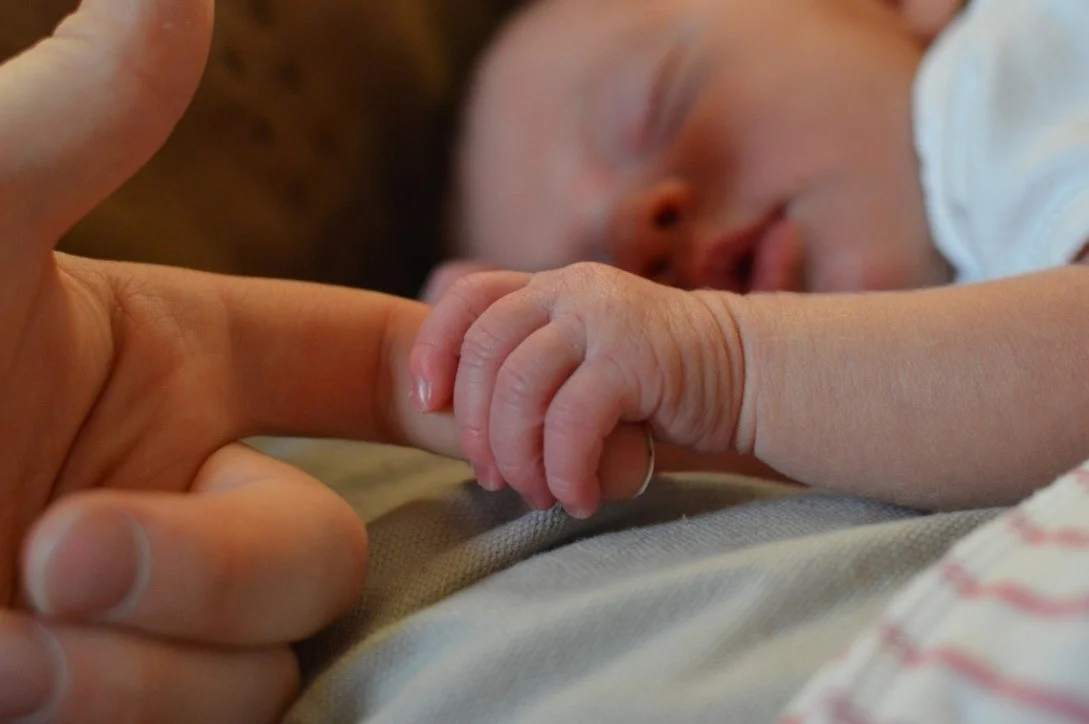
The Importance of Post Natal Care for Mother and Baby
Giving birth to a child brings in a new phase in a woman’s life. After nine months of anxiety and incessant worrying, hearing the child’s first cry is a feeling of immense joy for a mother that cannot be explained in mere words. But along with this extreme happiness comes a huge responsibility – to ensure the baby is healthy and well-fed.
The first 48 hours after the delivery are said to be most crucial for both mother and child. During this period, it is very important to closely monitor their vital signs and be prepared to face any eventuality. After leaving the safe cocoon of the mother’s uterus, a newborn is at the highest risk during the first few hours of his life. After giving birth, the mother goes through many physiological changes. To cope up with everything, it is very important that a new mother gets the necessary post natal care.
Post natal care is the care given to a mother and her newborn baby immediately after the birth. According to experts, post natal period refers to the first six weeks after childbirth. This period marks the establishment of a new phase of life for the mother and gives her time to adapt physically and mentally with the changes. Although the post natal period is uncomplicated for most women and babies, effective post natal care is all about recognizing any deviation from the expected recovery routine after birth, and evaluating and intervening appropriately in a timely fashion.
Common problems seen in Post Natal period
- Post-partum haemorrhage
Bleeding complications may arise in the mother within the first 4-6 hours after delivery due to excessive blood loss from the site where the placenta was attached to the mother’s uterus, or from rupture of the uterus during labour and delivery.
- Physiological adjustments
During pregnancy, all of the mother’s body systems change, including the heart, lungs, blood volume and blood contents, reproductive system, breasts, immune system and hormones. In the post natal period, all these dynamic body systems have to adjust from the pregnant state back to the pre-pregnant state. There is a potential risk of complications as these adjustments occur. Common examples are breast infections and deep vein thrombosis (blood clots in the veins of the legs).
- Birth asphyxia
The newborn baby’s blood circulation system undergoes major adjustments when it takes its first breath outside the uterus. Immediately at birth, the blood vessels that bypass the lungs are opened and all the blood in the baby’s circulation is then able to pass through the lungs, where it undergoes gas exchange. It is a critical moment for the newborn when the lungs start to function. Failure to breathe is a common reason for birth asphyxia. Also, pre-term newbons often have difficulty in getting enough oxygen after birth because their lungs are not fully matured, so gas exchange does not occur effectively.
- Neonatal jaundice
After birth, the baby’s liver is responsible for detoxifying the waste chemicals produced in the body or taken in through the mouth. One of the tasks the liver has to perform is detoxifying a protein called bilirubin released when ‘old’ red blood cells are broken down. Red blood cells survive for only a short time and are then broken down and replaced. If the newborn’s liver is unable to cope with the load of ‘old’ red blood cells that need to be broken down, bilirubin builds up in the baby’s body, giving the skin a yellowish appearance. This condition is called neonatal jaundice, and is most serious when the skin appears yellow on the palms of the hands and soles of the feet.
According to a study carried out in 2016, (1) India contributes to 16% of the global maternal deaths and around 27% of global newborn deaths. Another study done (2) in August 2018 states that India is not on track to meet WHO’s Sustainable Development Goals for 2030. The number of neonatal deaths remains around 2.4 times higher than the target, at around 29 deaths per 1,000 live births. Whereas, the aim is to reduce neonatal mortality to 12 deaths per 1,000 live births per year, and under-five mortality to a maximum of 25.
To achieve this target and to ensure good health of new mothers and newborn babies, a lot of specialized hospitals have come up in the last few years. In addition to setting up completely new hospitals that focus solely on mother and child care, reputed established hospitals have also introduced advanced neo-natal care units under their services. In Kolkata, some of the leading names are Bhagirathi Neotia Woman and Child Care Hospital, Woodlands Multispecialty Hospital Ltd., Columbia Asia Hospital, and many more.
Info courtesy: http://www.open.edu/openlearncreate/mod/oucontent/view.php?id=335&printable=1
Healthcare





